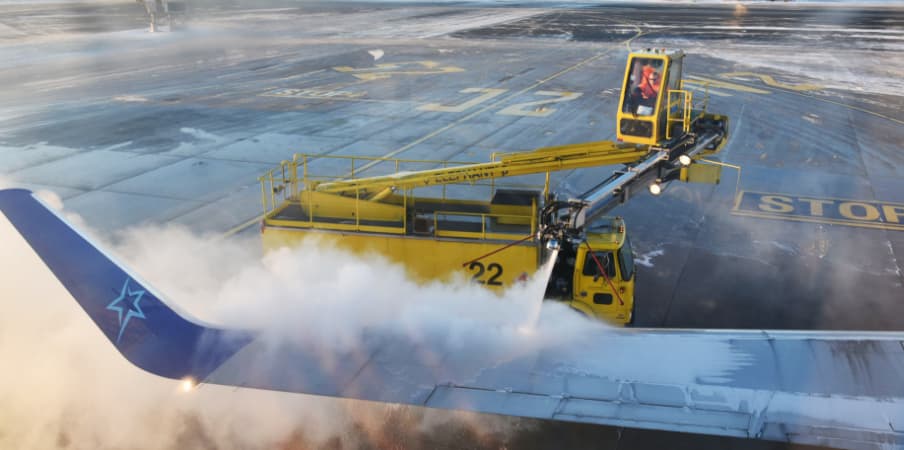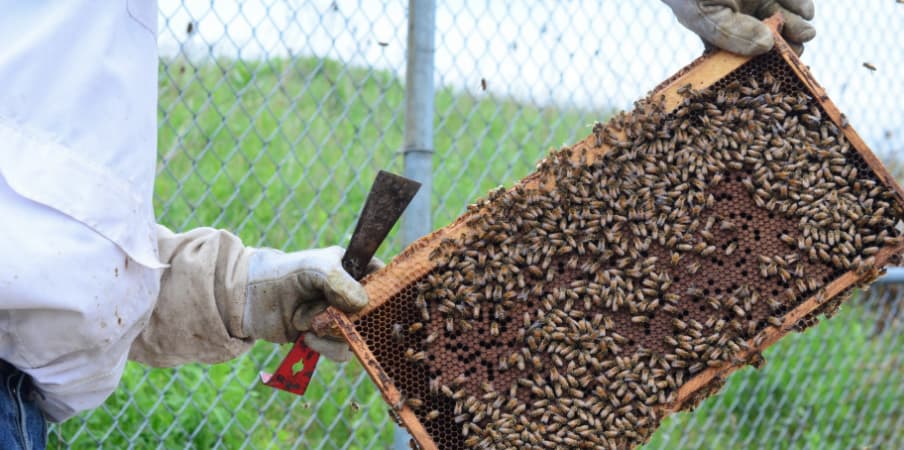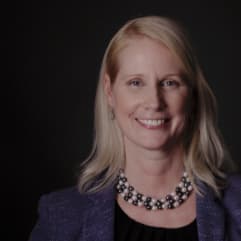Since the GTAA began managing and operating Toronto Pearson in 1996, one of the cornerstones of our mission has been a commitment to minimizing and mitigating our environmental impact. A condition of our ground lease from the federal government was that we have an environmental management plan in place. We therefore implemented an environmental management system (EMS), which was certified to the global ISO 14000 standard in 1999. The EMS remains one of the seven core management systems that underpin our operations, supported by annual evaluations of environmental impacts and risks.
In recent years, Toronto Pearson has played a leadership role within the aviation sector in recognizing the need to take action in the face of climate change. We’ve brought renewed focus to determining what more we can do, as a vital transportation hub and an engine of the regional and national economies, to harness the efforts of our stakeholders in the search for solutions.
In recent years, Toronto Pearson has played a leadership role within the aviation sector in recognizing the need to take action in the face of climate change.
The GTAA management team is developing a comprehensive sustainability plan, built on the foundation of our EMS and related initiatives of the past decade. Bringing a sharper environmental focus to our overall corporate strategy, it sets out a broad range of actions by which we’ll address the potential impacts of aviation activities at Toronto Pearson.
The following are just a few of the sustainability initiatives that we pursued in 2019, within the GTAA and in partnership with others:
 A fleet of waste management vehicles allows Pearson to keep our runways
clear of waste.
A fleet of waste management vehicles allows Pearson to keep our runways
clear of waste.
Managing waste
With millions of passengers travelling to, from and through our airport each year, managing waste effectively is both a critical objective and a complex process at Toronto Pearson. Strict regulations govern certain aspects of that process, but in addition to meeting the requirements of compliance, we want to reduce, reuse or recycle wherever we can.
We achieved a 72 per cent waste diversion rate in 2019, up from 45 per cent in 2008. This excludes waste from inbound aircraft, which is considered to be international in origin and, following federal regulations, must be incinerated to prevent the potential spread of disease and other threats to Canadian plants, wildlife and agribusiness.
During the past year, with permission from the Canadian Food Inspection Agency, we ran a domestic waste recycling trial with Air Canada. On flights operating domestically into Toronto Pearson, Air Canada staff separated aircraft cabin waste at source and our employees then collected and managed the separate streams, placing recyclables into designated compacters. The trial was successful, and with federal approval the process can become more widely used.
waste diversion rate in 2019
We’ve also conducted a pilot at Terminal 1 in which compost bins were placed in public areas so that passengers could divert their organic waste. Kitchens across our terminals already compost organic waste. To the extent that post-pandemic health protocols permit, we’d like to make the practice more readily available to travellers as well.
Meanwhile, within the GTAA’s offices, employees have rallied around two waste management initiatives:
- PaperCut is a program for reducing office paper consumption, mainly by changing users’ printing behaviours. The program tracks individual printing levels and produces reports showing the associated environmental impact, with the aim of discouraging unnecessary paper use. To help offset the total amount of paper used by the GTAA each year, we plant trees in nearby communities.
- In a partnership with Diabetes Canada, we’ve installed donation bins where employees can drop off gently used clothing and cloth items. Ninety-five per cent of these donations are recycled, reused or repurposed. By year-end 2019, the program had diverted nearly 4,500 kilograms from landfill.
 With approximately one third of our property covered by grass, flood plains
and land leased for agricultural purposes, the presence of wildlife is only natural. In fact, the
Etobicoke Creek provides a long, undisturbed stretch of bird habitat and acts as a wildlife corridor for
many species of mammals.
With approximately one third of our property covered by grass, flood plains
and land leased for agricultural purposes, the presence of wildlife is only natural. In fact, the
Etobicoke Creek provides a long, undisturbed stretch of bird habitat and acts as a wildlife corridor for
many species of mammals.
Environmental quality
Maintaining environmental quality for the people and wildlife living near our airport is as important to us as it is to local communities. The GTAA’s Environmental Policy sets a high standard of leadership in this regard: rather than simply fulfill our compliance obligations, we want to significantly advance the sustainability goals of our airport, and of the entire region.
Our environmental management system (EMS), now certified to ISO 14001:2015, focuses on climate change, waste, air quality, stormwater quality, ecology and wildlife. A key requirement under the EMS is to continually improve our management processes and technologies.
Recent upgrades to the permanent air quality monitoring system at Toronto Pearson, plus the addition of two mobile units, has enhanced real-time testing and will ultimately enable us to make more data available to our partners and the general public.
Rather than simply fulfill our compliance obligations, we want to significantly advance the sustainability goals of our airport, and of the entire region
 Pearson has the largest and most technologically advanced centralized
deicing facility in the world.
Pearson has the largest and most technologically advanced centralized
deicing facility in the world.
The total volume of deicing and anti-icing fluid collected for recycling at Pearson’s Glycol Processing Facility after being sprayed on aircraft during the winter months of 2019.
We’ve also invested $4 million to refurbish the airport’s largest stormwater facility. Much of the rain that falls on runways, cargo areas and aprons is captured and diverted to one of 13 stormwater retention ponds, or directly to four stormwater facilities, where any trash is removed and water quality is tested. Keeping this water onsite before releasing it slowly into local watersheds also helps to reduce flood risks during heavy storms, protecting neighbourhoods south of Toronto Pearson. To give us more precise data on water flow, in the past year we installed new meters on waterways in and around the airport.
During winter, many outbound flights are directed to Toronto Pearson’s central deicing facility, one of the largest of its kind in the world. Spraying glycol-based fluids onto aircraft prevents ice from distorting the flow of air over their wings during takeoff. The spent fluids are collected and, for the most part, recycled onsite for use in secondary markets. To prepare for the expected future impacts of climate change – specifically, more frequent and intense winter storms that will necessitate additional deicing – in 2019 we expanded the tanks that hold glycol run-off. Going forward, we want to ensure that we’re equipped to store and recycle as much deicing fluid as possible.
 YYbeeZ, our first honeybee apiary, is situated along the trail near the
Etobicoke Stormwater Facility.
YYbeeZ, our first honeybee apiary, is situated along the trail near the
Etobicoke Stormwater Facility.
That’s how much Toronto Pearson’s honeybee apiary harvested from its 24 hives in 2019. Our YYbeeZ program, which operates along a trail near the Etobicoke stormwater facility, helps support food security and sustainable agriculture in areas near our airport.
Wildlife trafficking
Illegal trafficking threatens many of the world’s wildlife species. And because airports play a major role in facilitating cargo shipments, we may be unknowingly facilitating criminal activity. That’s why we’re working collaboratively across the aviation sector to tackle the issue. In 2019, Toronto Pearson signed the Buckingham Palace Declaration of the United for Wildlife Transport Taskforce. This historic agreement sets out concrete steps to close the routes exploited by traffickers as they attempt to smuggle wildlife and related products from rare and vulnerable ecosystems. We’re committed to taking action against this illegal and unsustainable trade through education and training, and by raising awareness among our passengers, employees and business partners.








